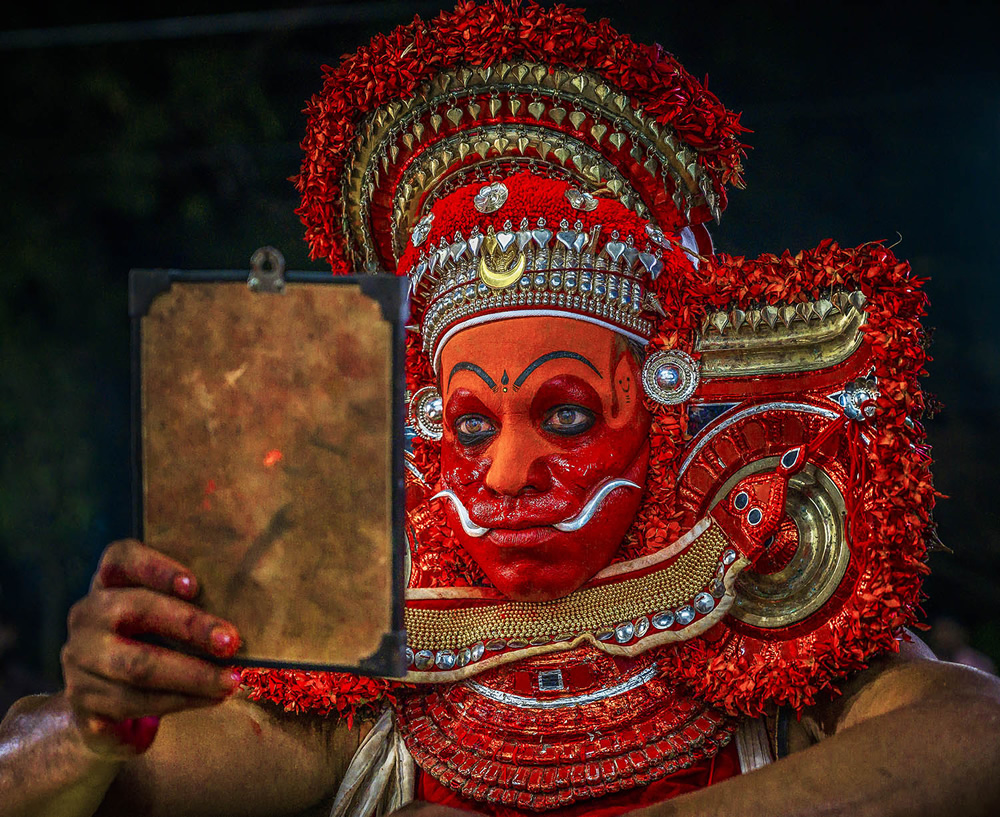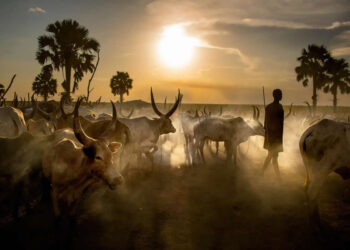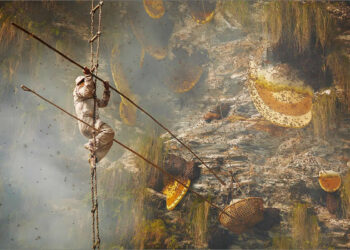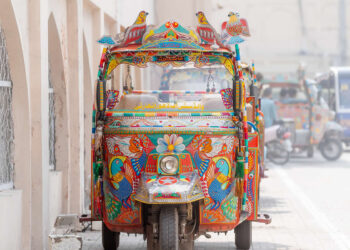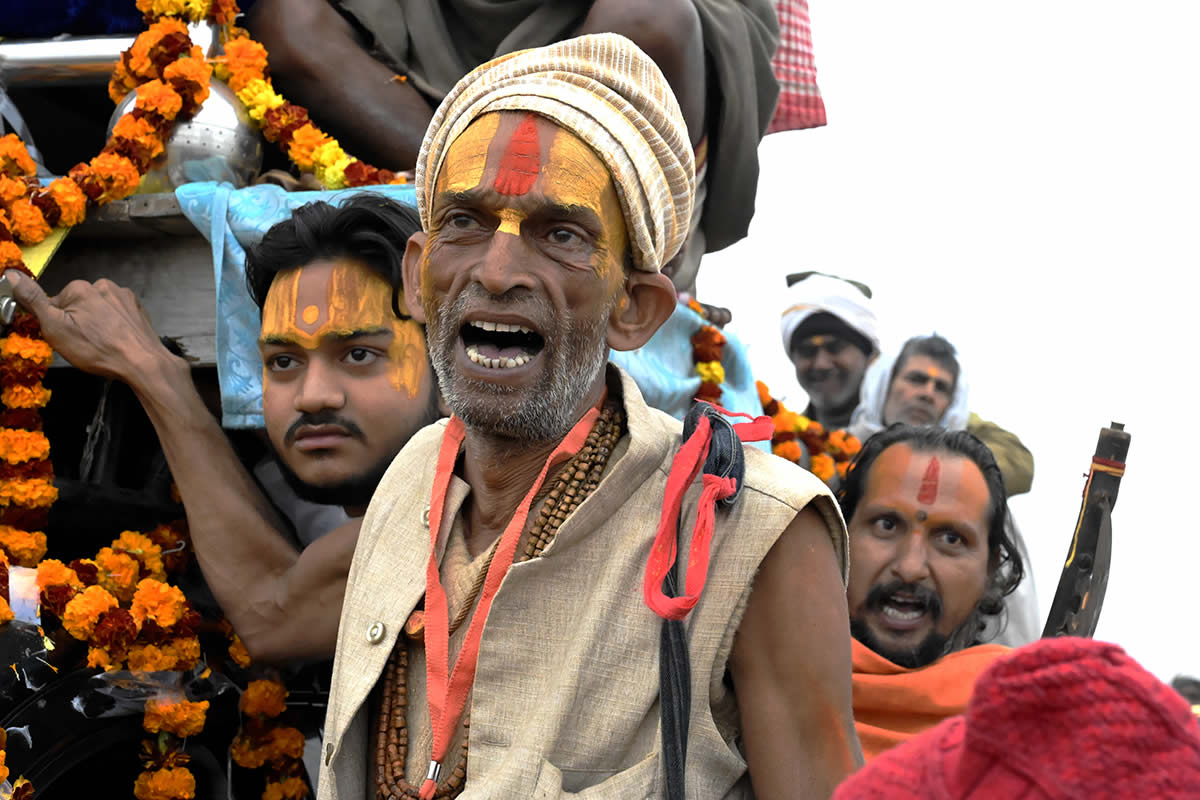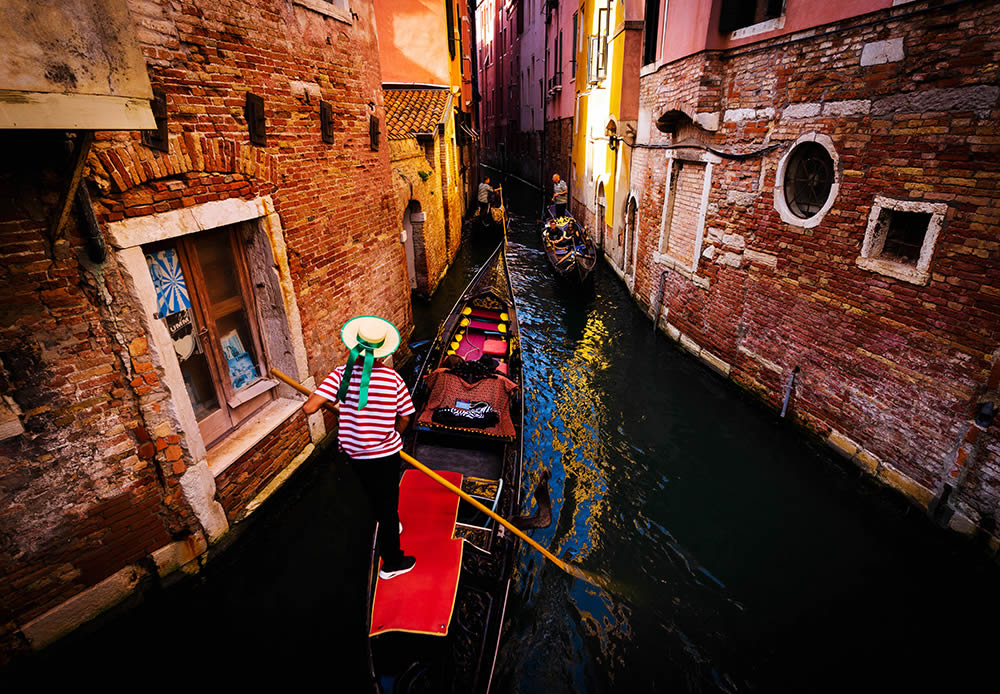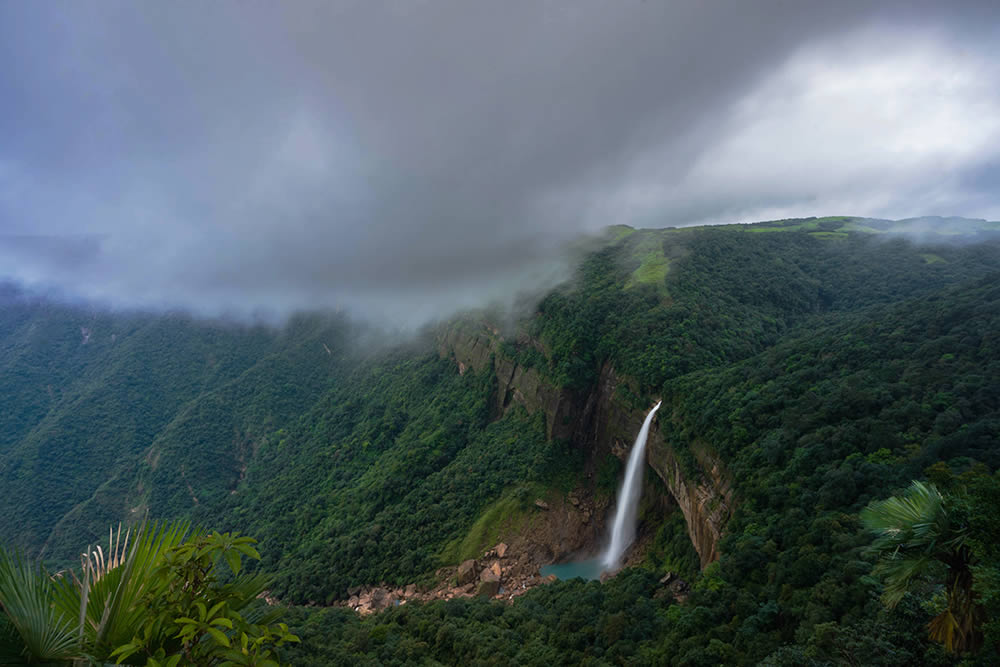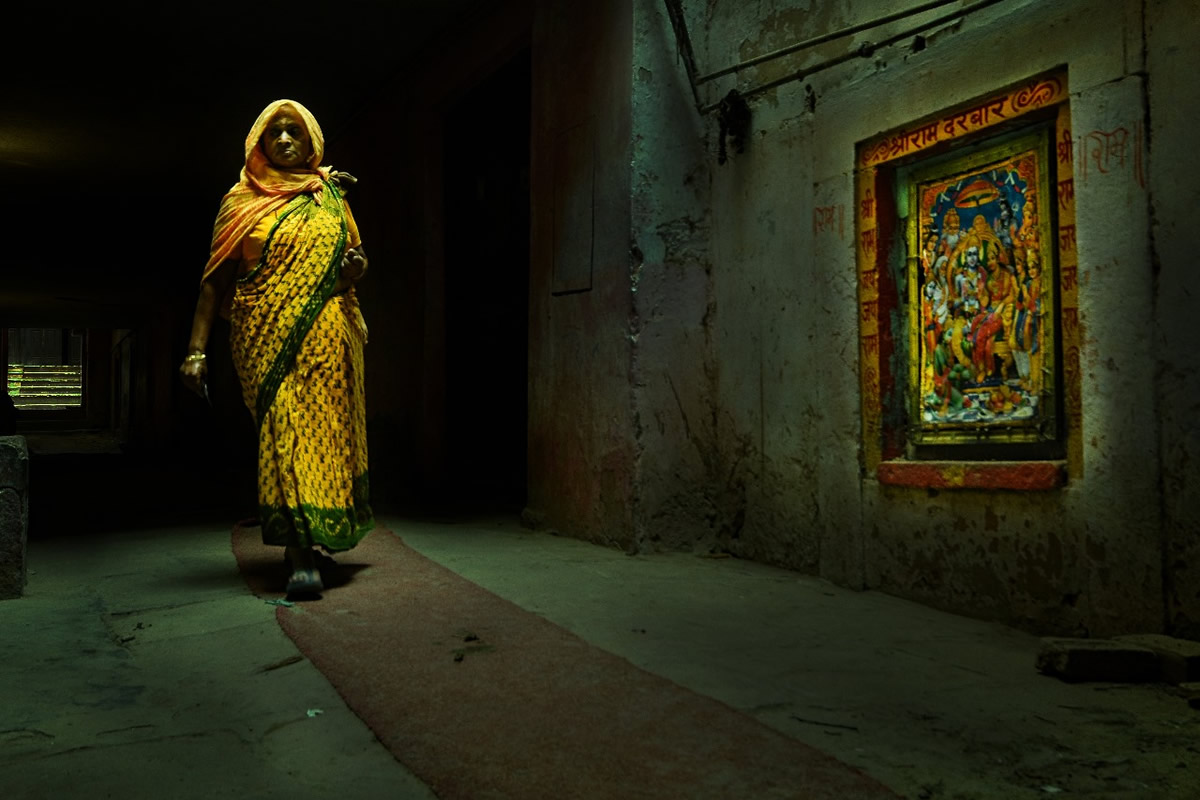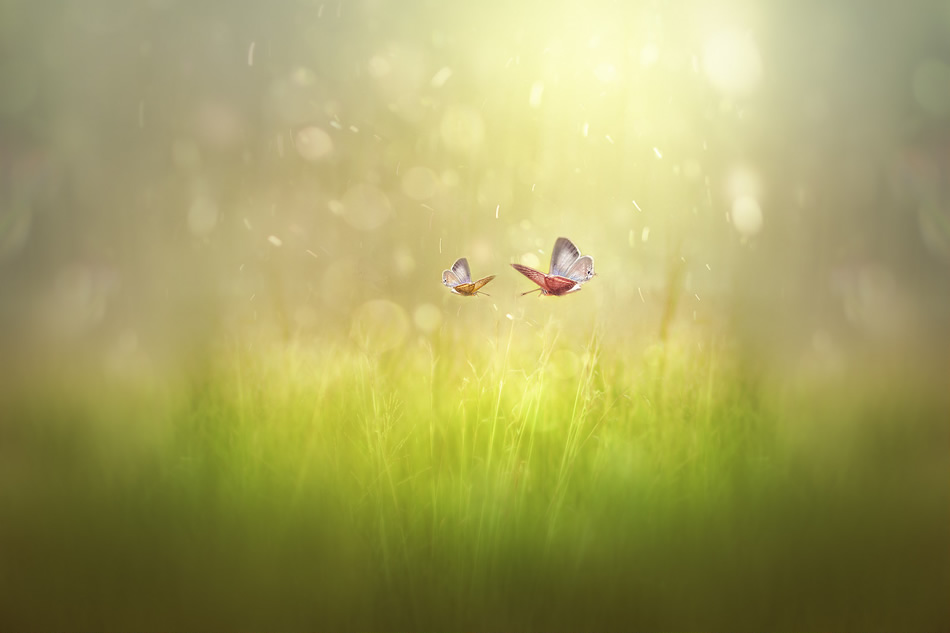Attending Theyyam is by far the best thing one can do while they are in Kerala. ”Theyyam” is a ritualistic performance, which can be described as the most visible, spectacular art form of Malabar (Northern part of Kerala), associated with myths and legends. Theyyam can also be described as a form of worship consisting of rituals, colorful costumes, and divine dance through which the gods are appeased and honoured.
Theyyam – the form of worshipping gods, goddesses, legendary heroes, etc is based on a rather simple concept, that after suitable propitiatory rituals, the god or goddess belonging to a temple becomes temporally manifest in the body of an empowered man (the performer), thereby elevating him to a divine status. Theyyam ceremonies usually take place either within the precincts of a small shrine – usually called Kavu, Kazhakam, Muchilottu, Mundiya, Sthanametc, or in the yard of an ancestral house or in an open space with a temporary shrine called Pathi.
According to Hinduism, all the creation-preservation-destruction activities in the universe are controlled by the three Gods – Brahma, Vishnu, and Maheshwara (Shiva), respectively. For upholding righteousness, these gods appear in many godly guises and incarnations. For propitiation of these gods, apart from ritualistic worship and sacrifices, the man also gave form to donning their godly forms and performing as another form of worship. These became a part of their culture, underwent many changes over time, and is an evolution of the clan culture. It is very difficult to find out the exact period of the origin of theyyam. At the same time, none can refute its antiquity.
According to the general belief, the origin of the theyyam is attributed to Manakkadan Gurukkal.(Gurukkal means master) He was a great artist and occultist belonging to the Vannan Community. Once, the Rajah of Chirakkal invited this great occultist to test his capacity as an artist as well as a magician. Gurukkal was residing at Manakkad in Karivellur, about 40 kilometers away from the palace of the Rajah. The Rajah had given several tests like causing obstacles to the ferry as he was trying to cross the river. But Gurukkal managed to cross the river with his divine power. The gates of the fort were also closed to prevent him from entering, but here also he managed to appear before the king with his physical power. The Rajah sat along with a few other persons so that Gurukkal could not identify him. But Gurukkal easily recognized the king and respected. While he was called for the food it was so arranged that he himself would have to throw away the plantain leaf in which food would be supplied. This was intended to make him feel inferior. Gurukkal foreseeing this received the hot rice in a melon leaf and after taking the food he swallowed the leaf and thus he cleverly avoided the indignity of himself taking the leaf and throwing it away. Thus he successfully overcame the tests of the Raja, Manakkadan. Gurukkal was asked to make the costumes for some deities whose ritualistic dances were to be performed in the form of the theyyams in the night. Accordingly, Gurukkal designed 35 different theyyams before the sunrise. Rajah realizing Gurukkal’s skill, a title, Manakkadan was bestowed on Gurukkal. It is believed that this is how the present form of Theyyams originated.
Theyyam reveals the human capabilities of abstraction, synthesis, and idealization; it describes social and economic activities and reveals practices, beliefs, and ideas. It provides a unique insight into spirituality, intellectual life, and cultural adventures. It is a divine dance with ancient testimony of customs, traditions, and artistic creativity. Shrines, ancestral houses, Kavus in villages offer the platform for theyyam festivals. Since the theyyam performer, transforms to the status of a particular deity, theyyam is very much a divine dance. Invoking god or goddess in his body, he dances through the compound of the sacred space where deities are worshipped. The dance is considered not for propitiating gods or goddesses, rather it is dance of the gods or goddesses themselves. Scores of nature deities (including animals and trees), ancestors, village heroes and heroines, and gods and goddesses from Saivite, Vaisnavite, and Sakti traditions of Hinduism form part of the pantheon of theyyam performance.
The fundamental facts of existence of theyyam performance, even in the present day, make the ritual a powerful instrument that influences the thoughts and practices of Malabar society. In support of this, experts point out that the deities are worshipped and propitiated for the blessing of fertility, for protection and security. There are powerful deities who ward off smallpox and other contagious diseases. Theyyam ritual performances also provide judicial services.
Some of the major disputes and caste conflicts are often settled by a specific representative of a particular deity during the theyyam performance. The devotees present their personal problems and troubles to the deities and the deities give them counsel and blessings.
During the time when I attended one of these rituals in theyyam, I was positioned right in front of where the holy bonfire is made in order to click photographs. I was warned by the authorities there to sit somewhere else as the devotee who dances in and around the fire strews the embers in his enthusiasm and that it was dangerous for me. I was quite reluctant to move, because I had travelled far to reach there and really wanted to materialize the composition that I had in my mind. I decided to stay put and watch the performance. As the performer entered the premises, the energy of the area completely changed. Their dance form was extremely exhilarating to watch and they were performing with absolutely no holding back. As he entered the fire, dancing to the music, his movements and actions actually tossed a large number of embers in his surroundings and especially on me because I was in proximity. I got really promising photos but I got burned by the shower of embers and my clothes got badly burnt too albeit at the compensation of getting some really memorable photographs.
Click on the image for an enlarged view.
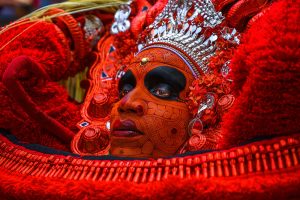
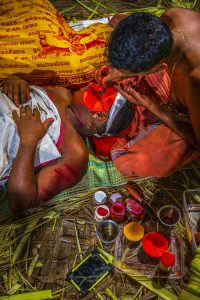
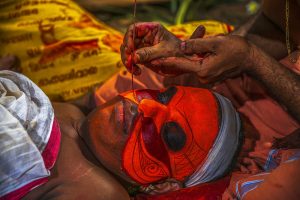
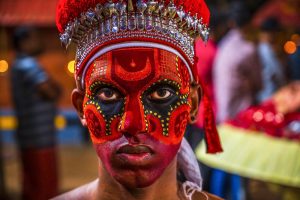
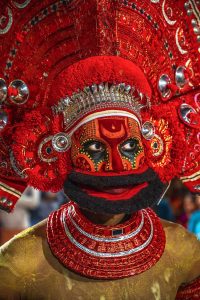
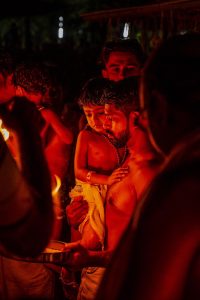
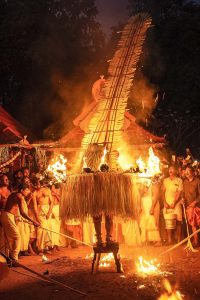
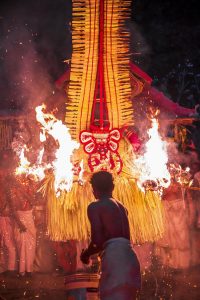
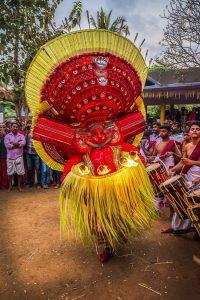
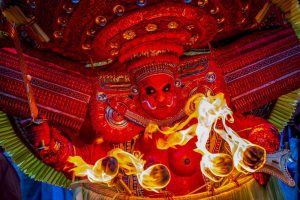
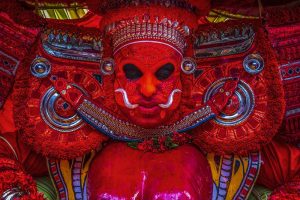
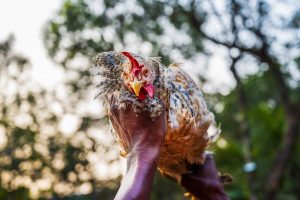
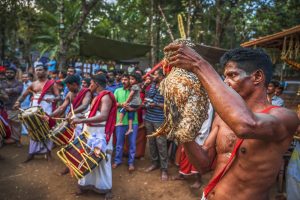
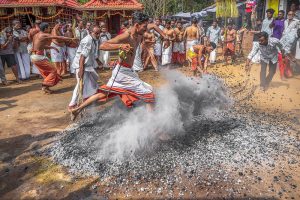
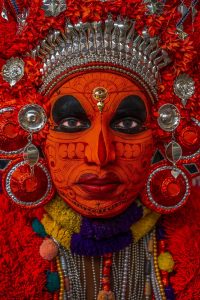
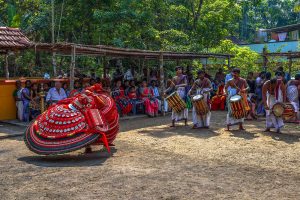
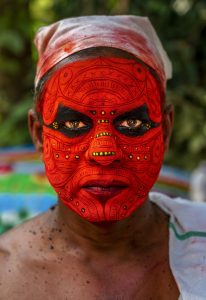
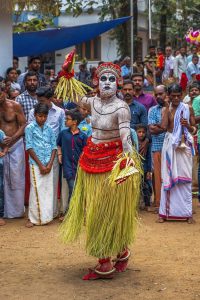
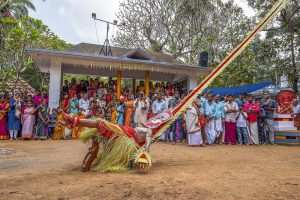
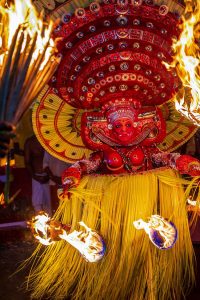
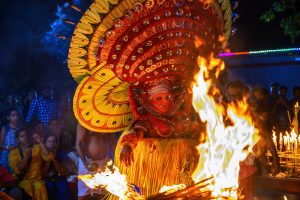
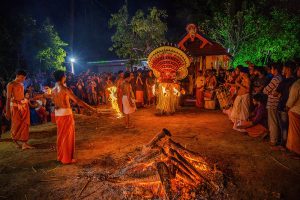
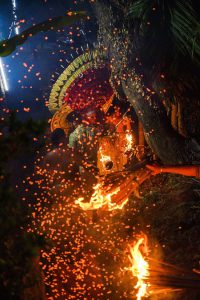
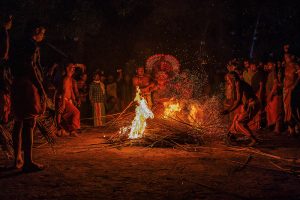
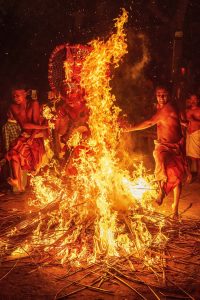
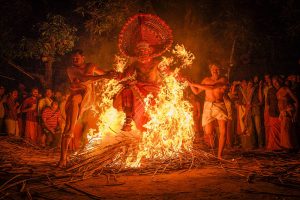
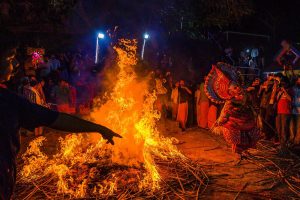
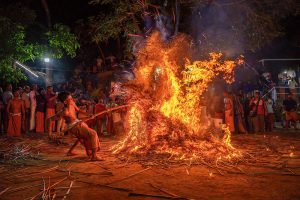
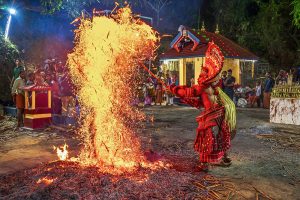
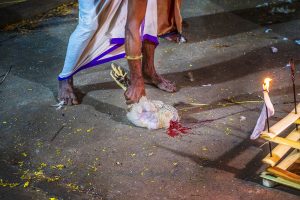
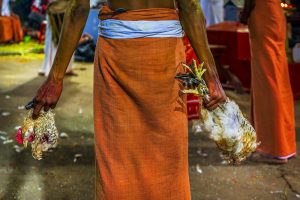
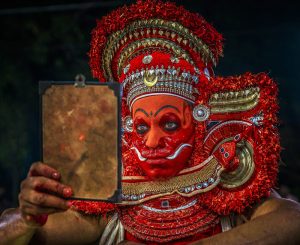
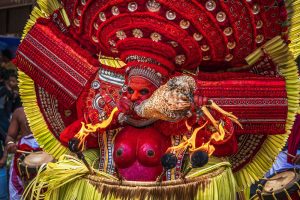
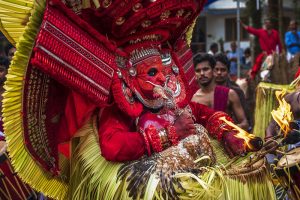
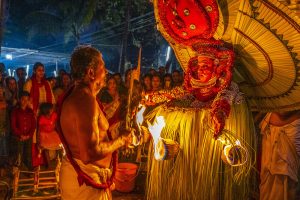
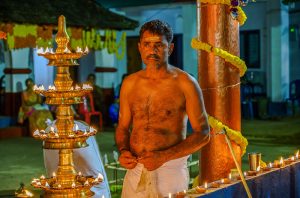
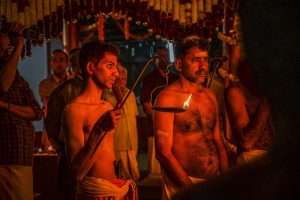
About As Dnyaneshwar Vaidya
Photography has been a hobby for me since 2015. Photography has taught me how to live life. I learned how to scour for new places, meet new people, and understand new traditions from various cultures because of it. I learned how to empathize with people’s feelings, may it be happy or sad. I learned how to live my life through others by living for them. I traveled in and around the state of Maharashtra and explored new places and met and understood people’s lives and also photographed them.
What really fascinated me and also made me feel proud as a human being was that even though there is an advent of the digital age, they haven’t forgotten their cultural roots. When I was in the stages of learning photography, I was blessed with 3 mentors and the effort that they extolled on me for giving me the ability to become who I am today is something that I am eternally grateful for and the debt that I have towards them can never be repaid for this.
I am a part of the Warkari community and hence, I spent my entire childhood under the blessing of this culture which expresses the idea of giving to the people generously. This influence meant that I was never told candidly to help anybody; it came naturally to me. Photography gave me an agency to understand the troubles of people and consider them my own and feel them with the same intensity.
As a photographer, I have never forgotten my boundaries or hurt anyone’s sentiments in order to get a shot. I have always followed a code of conduct where I don’t commit any action which will hurt someone’s feelings in order to get a good photo; in that case, I promptly let go of that opportunity. I feel like this quality of mine allowed me to be the first person in Western Maharashtra to ever receive 2 national and 2 international degrees as of today. My father, in his bout of happiness, felicitated me with a garland when he read this news in the newspaper. It was a very special and proud moment for both me and my family. As my work in photography gained traction, I started seeing my photos gain respect in various countries and one day, National Geographic Magazine published one of my photos from Pattankodoli in their issue. Till today, 15 of my photos have been published on their website and 60+ photos have been added to their favorites.
My photos have been exhibited in 36 countries as of now. My passion as a photographer also taught me to be sensitive to nature and I started exploring nature through jungles. I have also taken an initiative in increasing awareness about deforestation, man-made fires, hunting animals, etc and how they are harmful to our environment. My main subjects for photography are street and cultural photography, and I have met some amazing people because of this passion.
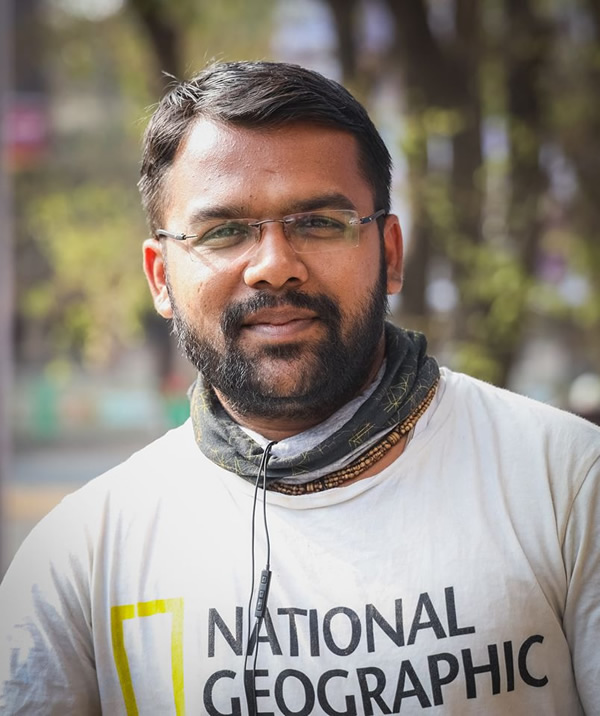
You can find As Dnyaneshwar Vaidya on the Web:
Copyrights:
All the pictures in this post are copyrighted As Dnyaneshwar Vaidya. Their reproduction, even in part, is forbidden without the explicit approval of the rightful owners.

